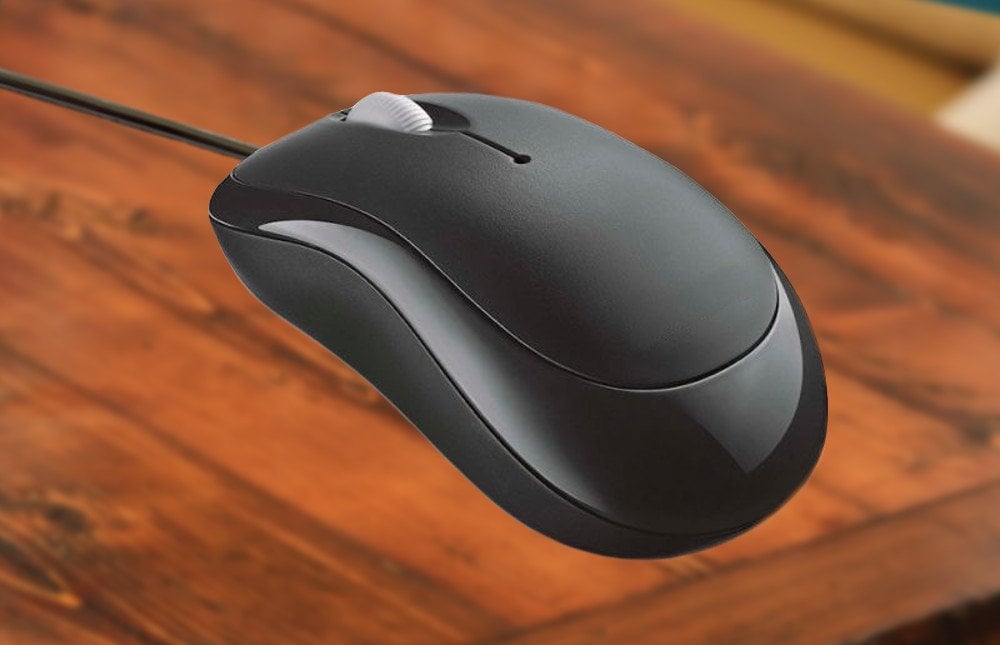The humble computer mouse, a pivotal tool in the realm of computing interfaces, has undergone significant evolution since its inception. Far from the simple point-and-click devices of the past, today’s mouse models boast a plethora of innovative features designed to enhance user experience, productivity, and comfort. From gamers to professional graphic designers, the modern mouse caters to a wide array of needs, incorporating cutting-edge technology to redefine the way we interact with digital environments. Let’s delve into some of the groundbreaking features that set today’s mice apart from their predecessors.
Enhanced Connectivity Options
Wireless Freedom
Gone are the days when using a mouse tethered to a computer via a cable was the norm. Today, wireless technology has liberated the mouse, providing users the freedom to work from a distance without the clutter and constraints of cables. Using Bluetooth or proprietary radio frequency (RF) connections, wireless mice offer a clean, unencumbered workspace and the flexibility to operate from various positions, be it lounging on a sofa or presenting in a boardroom.
Multiple Device Pairing
In an era where multitasking across several devices is common, some of the latest mice models feature the ability to connect and switch seamlessly between multiple devices. This multi-device pairing capability means you can control a laptop, a tablet, and a desktop with a single mouse, simply by toggling between them with the click of a button. This feature significantly enhances productivity and workflow for users who regularly operate more than one computer or device.
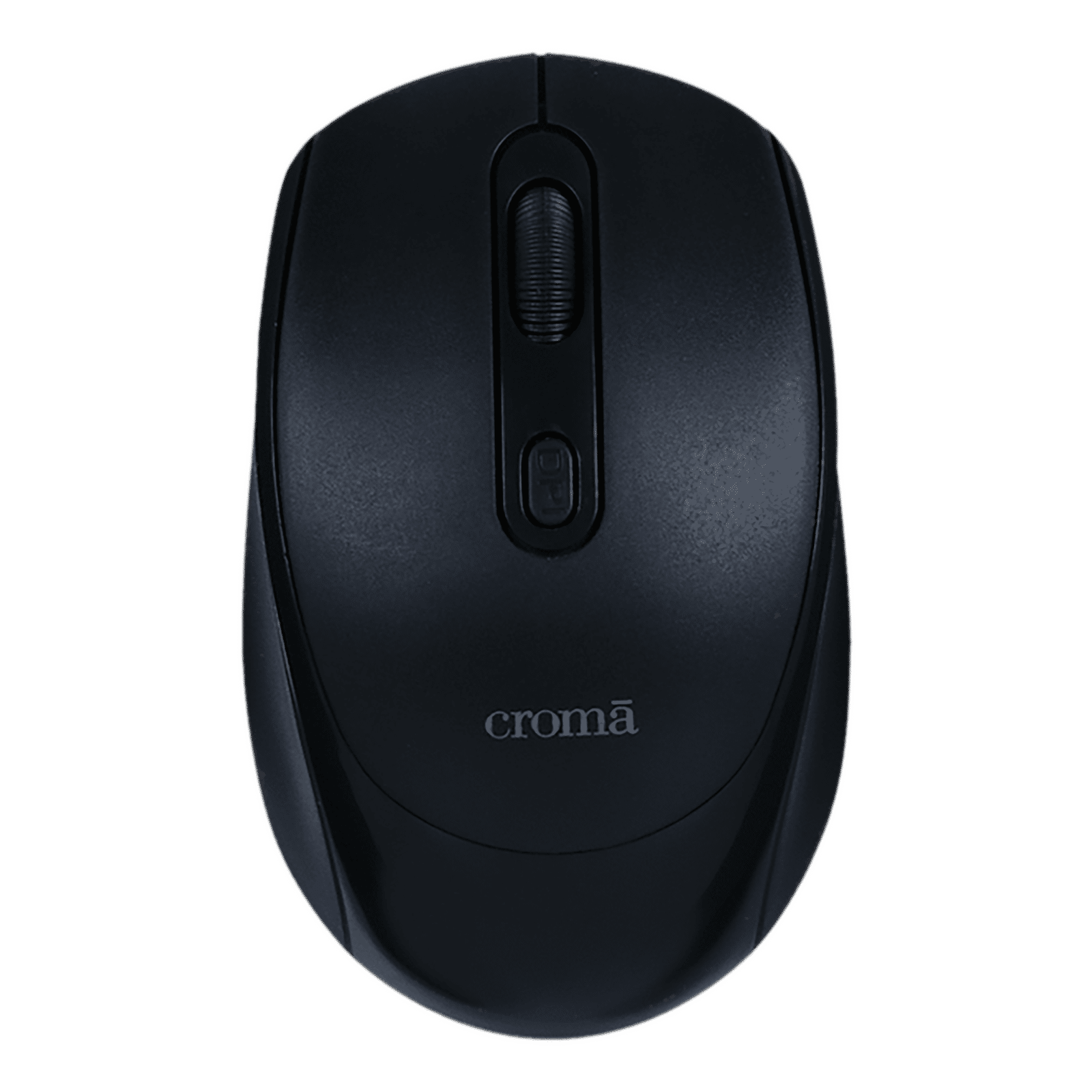
Ergonomic Designs for Enhanced Comfort
Tailored to Fit
Understanding that comfort is key in preventing strain and fatigue, manufacturers are now producing mice with ergonomically designed shapes that fit naturally in the user’s hand. These designs are meticulously crafted to support various grip styles – palm, claw, or fingertip – promoting a more relaxed hand posture. Additionally, some models come in sizes tailored for different hand sizes, ensuring that every user finds their perfect fit.
Adjustable Weights and Surfaces
Personalization extends beyond the shape and size of the mouse. Modern mice models often come with adjustable weights, allowing users to alter the heft of the device to their preferred comfort level. The surface texture of a mouse can also be crucial for grip and tactile feel; hence, models now feature interchangeable side panels or materials that cater to the user’s preference, whether they seek a smooth glide or a more controlled grip.

High Precision and Customizability
High DPI/CPI Sensitivity
For tasks that demand high precision, such as graphic design or competitive gaming, today’s mice offer incredibly high DPI (dots per inch) or CPI (counts per inch) sensitivity. This means the mouse can detect and react to the smallest movements, providing users with granular control over cursor placement. With on-the-fly DPI switching, users can instantly adjust sensitivity levels based on the task at hand, from high precision work to rapid screen navigation.
Programmable Buttons and RGB Lighting
Customizability is a significant trend in the development of modern mice. Many models now feature programmable buttons, allowing users to assign specific functions or macros to these buttons for quicker access to frequently used commands or actions. This feature is especially valuable for gamers and professionals who rely on speed and efficiency. Additionally, RGB lighting has become a popular aesthetic feature, allowing users to customize the look of their mouse with millions of color options and effects, creating a personalized workspace that reflects their style.
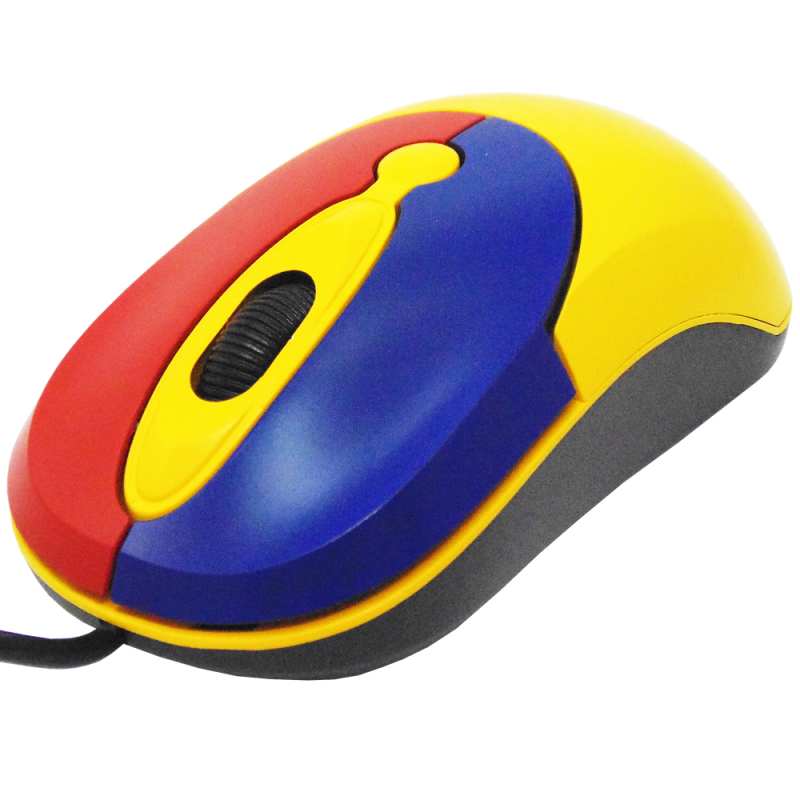
Sustainability and Durability
Environmentally Friendly Materials
As the tech industry moves towards sustainability, mouse manufacturers are beginning to adopt eco-friendly materials in their products. Some are crafting mice from recycled plastics, aiming to reduce waste and minimize environmental impact. The use of durable materials also ensures that the mouse can withstand the demands of daily use, extending its lifespan and reducing the need for frequent replacements.
Rechargeable Batteries
The shift towards rechargeable batteries in wireless mice models marks a step forward in reducing electronic waste. Unlike their predecessors that required frequent battery changes, today’s mice can be easily charged, often via USB, offering hours of uninterrupted use. This not only saves cost over time but also aligns with environmentally-conscious practices by minimizing disposable battery consumption.
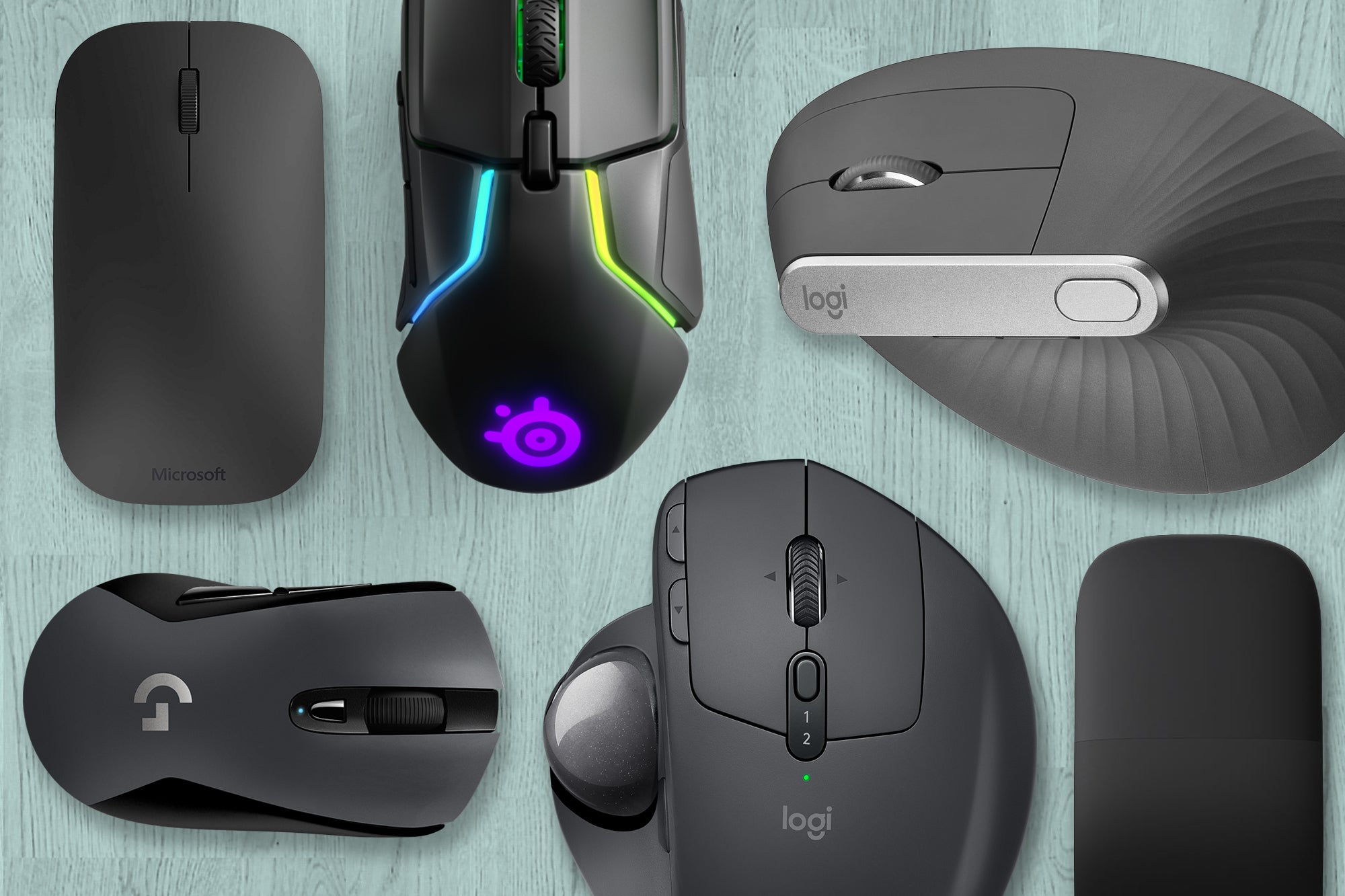
Advanced Sensory Feedback and Motion Control
Tactile Response for Immersive Experiences
Further blurring the line between the digital and the physical, some cutting-edge mouse models now integrate haptic feedback to provide tangible responses to actions. This tactile sensation adds a layer of immersion, whether it’s the subtle feeling of texture while dragging an icon or the recoil of a gun in a video game. Haptic technology enriches the user experience by engaging the sense of touch, making interactions with on-screen elements feel more real and responsive.
Incorporating advanced sensors and gyroscopic technology, the newest generation of mice allows for gestural inputs and 3D navigation. Users can now manipulate digital content through air gestures or by simply tilting and lifting the mouse. This innovation broadens the scope of possibilities in fields such as 3D modeling and virtual reality, enabling creators to explore and edit their work in a more intuitive and natural manner.
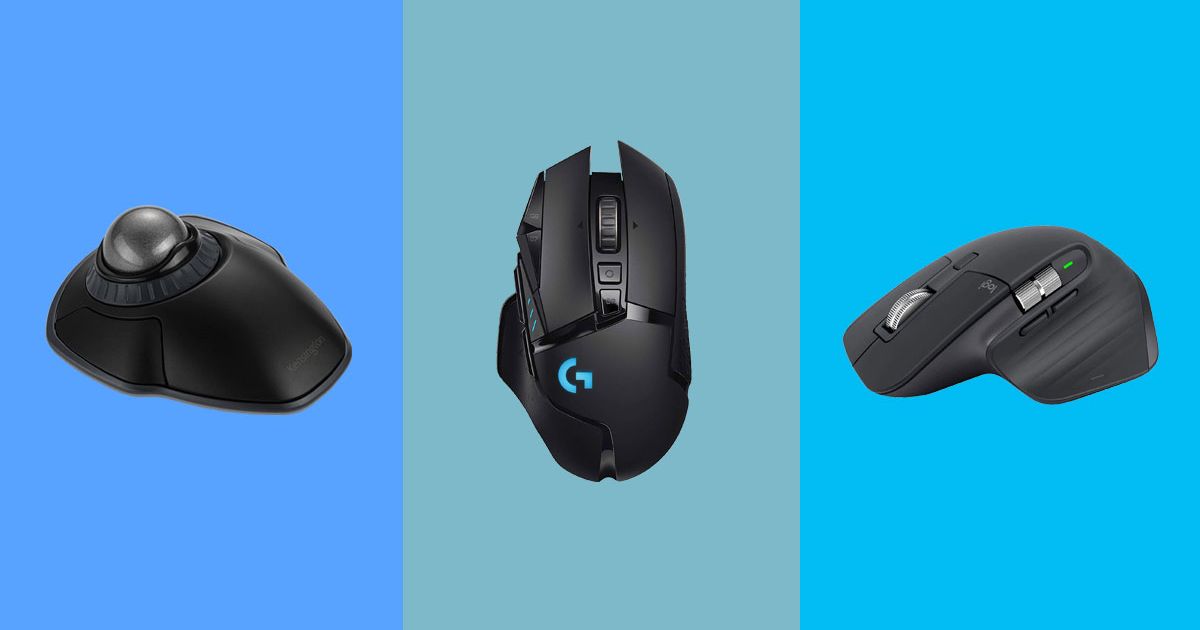
Smart Features and Machine Learning
Context-Aware Functionality
Mice are becoming smarter with the integration of machine learning and artificial intelligence. Some mice can now recognize the application in use and automatically adjust settings or button functions to suit specific tasks, enhancing efficiency without manual reconfiguration. This context-aware functionality saves time for users as the mouse anticipates their needs based on usage patterns and previous interactions.
Predictive Movement and Adaptive Scrolling
AI is paving the way for predictive movement technology in mice. This technology learns the user’s motion habits. It makes cursor positioning more precise and fluid. Adaptive scrolling is another area where machine learning is applied. The mouse automatically switches between smooth or notched scrolling based on the scroll gesture’s speed. These intelligent features make the mouse feel like an extension of the user’s hand. They offer an effortless and intuitive user experience.
The journey of the computer mouse from a simple pointing device to a sophisticated tool chock-full of innovative features is remarkable. Today’s models offer a convergence of functionality, comfort, and customization, addressing the needs of diverse users. Modern mice offer unparalleled precision. They feature ergonomic designs for long-term comfort. These devices also include features that encourage productivity across multiple devices. This is redefining the human-computer interaction landscape. As technology evolves, we can anticipate even more revolutionary features in computer mice. Such advancements will further enhance our digital experiences.
